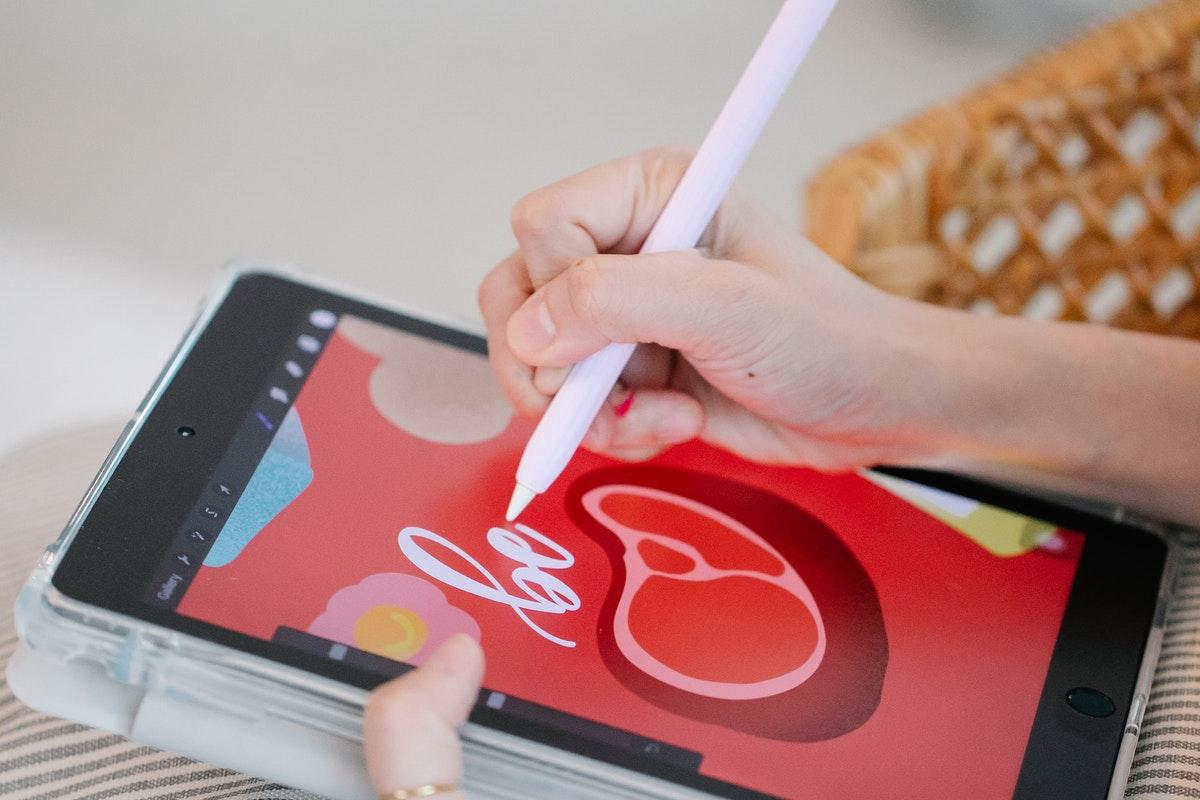How Digital Art and NFTs Work Together
Digital art and NFTs have become budding best friends in the past year or so. Increasingly, NFTs are gaining popularity [...]
D igital art and NFTs have become budding best friends in the past year or so. Increasingly, NFTs are gaining popularity not just in mainstream media, but also in the eyes of the elite and luxury brands. Many companies are now using digital art to create NFTs of their products that are also sold in-store, or they are creating exclusive products altogether. But what exactly are NFTs? Allow us to explain.
Non-Fungible Tokens
Say you buy a soft drink can. You want to buy chips now. If you head to a shop and try to pay the shopkeeper by handing him a soft drink can, he’s not going to accept it. He will only accept money. This is because money is exchangeable in return for goods (or other money, such as a foreign exchange). This quality is called fungible, meaning one can give money to get something else.
However, for items such as the soft drink can or a bag of chips, you cannot just exchange them for something else. While they do have a value attached to them that is decided by the brand selling the product, you can’t just use that value to buy something of equal value, because these items are non-fungible.
Non-fungible tokens, in the world of cryptocurrency and blockchains, are simply products on a blockchain that are NOT cryptocurrency. Crypto, such as Bitcoin, is fungible. You can use Bitcoin to buy things depending on the vendor accepting it as a form of money, and you can also exchange Bitcoin for other currencies such as Ethereum. NFTs, such as an image of a monkey, cannot be exchanged. They can be sold, bought, or simply kept as a form of digital art collection.
Now that you are aware of what an NFT is, you might be wondering why, if at all, people like to create NFTs. It’s a simple question of demand and supply. NFTs are created because there’s a market for them, and therefore a demand for them. So, why are NFTs valued so much?
NFTs Are More Secure
If you’ve been to an art gallery, you must have noticed how large some canvases are. These large canvases take time and effort to be transported from one place to another, and the risk of the painting being damaged (or even stolen) is considerably higher than that of an NFT. Since NFTs are basically all digital and online, there’s practically no way that the passage of time can ever harm an NFT, because they do not decay as traditional physical art does.
NFTs Make Payments Easier
Art generally costs a lot of money if it is high-end. Traditional paintings routinely cost millions of dollars, and trading that over the internet can be a risky job, if not unsafe. When it comes to NFTs, this problem is eradicated because NFTs use blockchain technology. They are minted (created) on Ethereum and thus the payment is made in Ethereum, which means all transactions are not just transparent but incredibly safe and sound.
Anyone Can Enter the World of NFTs
NFTs don’t really discriminate when it comes to who can and cannot make and create art. Any digital creator, even a photographer, can mint their images or videos into an NFT. Compared to traditional methods, NFTs have lower entry requirements. Practically speaking, all you need is a document (image, video, text, etc.) that is ready to be minted, and Ethereum (or another cryptocurrency) is required to mint it.
NFTs Are Very Convenient
Digital art itself can be made anywhere. As long as you have a working gadget, you can use it to create an image that can then be converted into an NFT. Furthermore, an NFT created in America can be bought by anyone from around the world. You do not need any type of special equipment in order to be able to store your art, as opposed to traditional physical art, where not only do you need space, you also need to make sure it’s safe.
NFTs Provide Access to a Global Market
Not everyone who makes paintings can afford to host gallery events, rent out an exhibition space, or join groups where they can find people with similar interests looking to buy art. NFTs, on the other hand, provide a shared connectivity thanks to the internet that gives artists the means to connect to people all around the globe. As such, anyone can buy their art (or simply look at it in awe)! Digital art and NFTs have a lot that they can do for each other, especially in this day and age.
